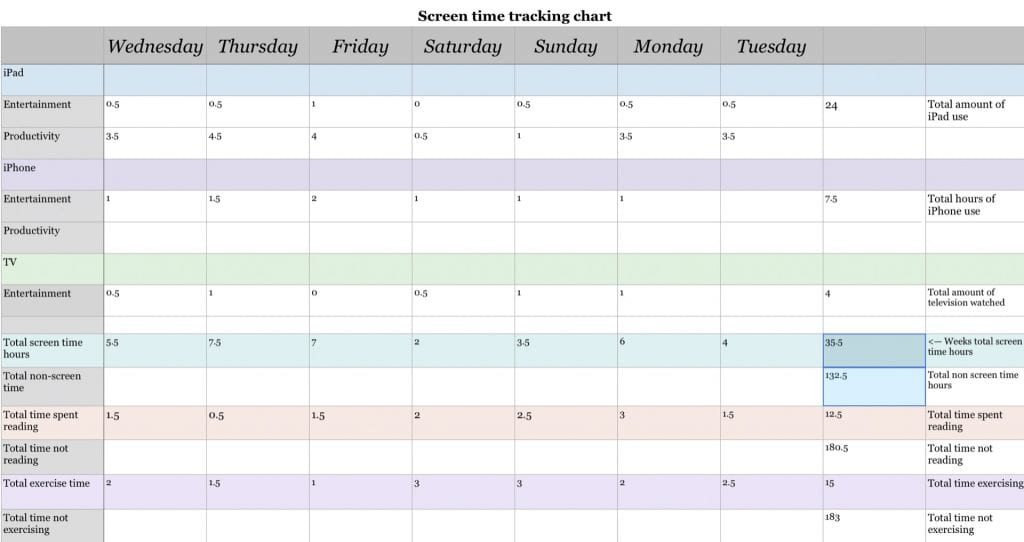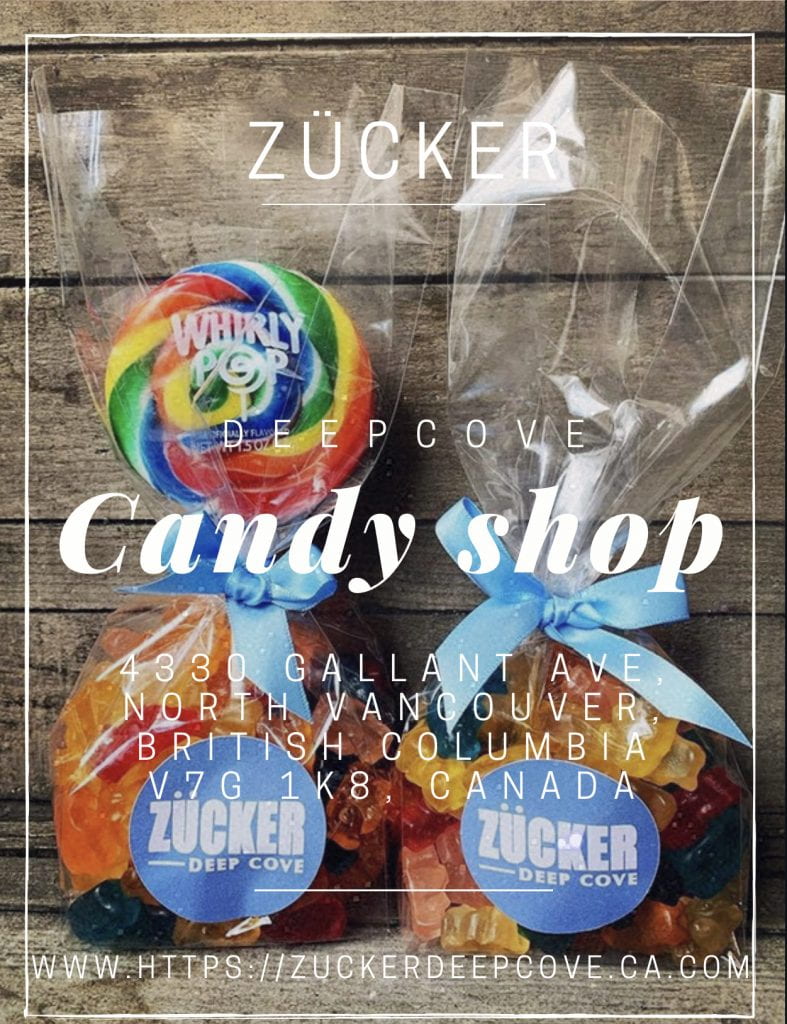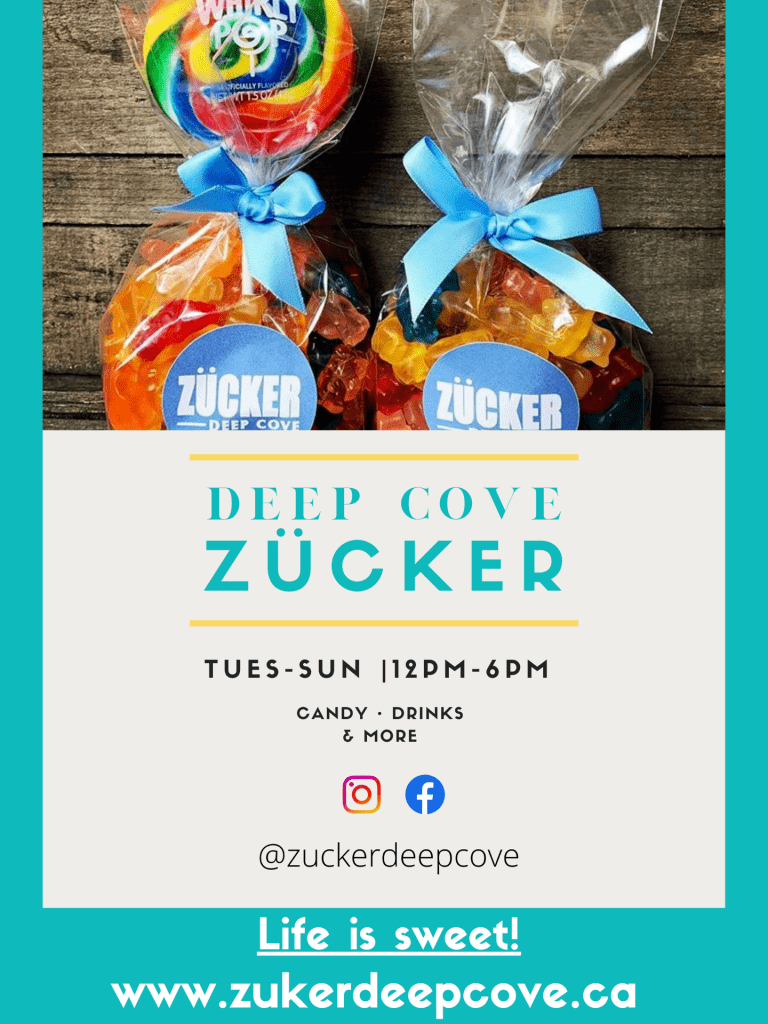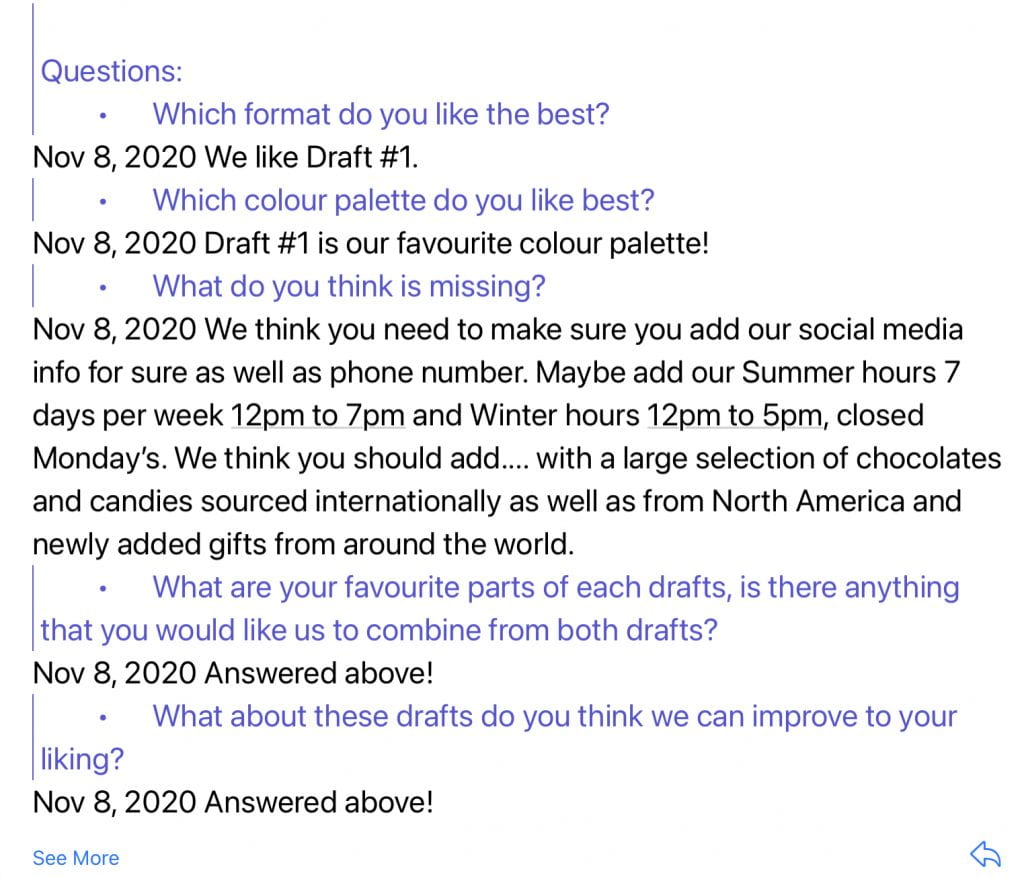Driving question: What can we learn from the past, and why does that mater to us today?
How it started how its going
Our goal for this project was to create a virtual museum about worldview, which basically means how we see the world. Before we created the museum we had to learn about the seven aspects of worldview: Values, Beliefs, Economy, Society, Knowledge, Time and Geography.
Aspects of World view⬇️

The teachers assigned a group of students to each aspect. The people in your group were the people you worked with to create a room within the virtual museum. I was assigned to the knowledge group. My role in our group was the room designer which means I was in charge of creating the floor plan for the room.
knowledge floor plan⬇️
We based our art for our museum room from a meme template called How it Started How it’s Going, which shows one photo of how it began and one photo of how it’s going. (Free link example). We put up artwork that had two pictures in it: a painting from the Renaissance or Medieval times that represented our aspect of worldview and beside that a we photoshopped the same painting using the app SuperImposeX to show the modern day view of the painting, like adding a phone to represent value.
here’s what our final museum looks like like
Driving Question
Our driving question for this project was What can we learn from the past, and why does that matter to us today? What happens in the past doesn’t just stay in the past. It affects the longterm future. We learned about Medieval and Renaissance times and how they still affect us to this day. One example is education. Before the printing press, only wealthy people had access to books, and this meant only they could read and learn about different things. When the printing press was invented in the Renaissance, more people from different classes could learn to read from books. Now that I know this history of books, I appreciate them more because I now have access to them and take advantage of books when I can. By understanding the past, we learn to take advantage of things that we might not have had in the past.
Curricular Competencies
Responding to Text: How did I construct an original personal, critical, and creative connection between myself, the text, and the world with supportive credible evidence? My worldview collage is a good example of how I made a connection between myself, the text, and the world. In my collage, I show through photographs how parts of my past shape my worldview. For example, I have three pictures of my dog, Molly, to show how having a pet has affected my worldview value that we should treat all animals respectfully.
World view collage⬇️
Empowered Learner: How might I use technology to construct knowledge? I demonstrated that I’m an empowered learner by using my iPad skills to photoshop my face onto a painting using an app called SuperimposeX. I also added a graduation hat and an iPad as symbols of knowledge, which was the part of worldview I was representing.
Edited painting⬇️

Establish Historical Significance: How do we make choices about what is worth remembering? I chose this painting (add painting) because it shows a woman from the Renaissance holding a book, which was very rare because very few wealthy women would have had access to books then.
Full museum floor plan⬇️
The driving question for this project was What can we learn from the past, and why does that matter to us today? What happens in the past doesn’t just stay in the past. It affects the longterm future. We learned about Medieval and Renaissance times and how they still affect us to this day. One example is education. Before the printing press, only wealthy people had access to books, and this meant only they could read and learn about different things. When the printing press was invented in the Renaissance, more people from different classes could learn to read from books. Now that I know this history of books, I appreciate them more because I now have access to them and take advantage of books when I can. By understanding the past, we learn to take advantage of things that we might not have had in the past.


























